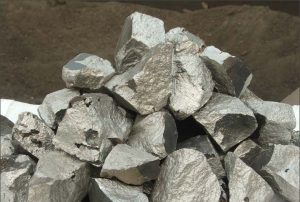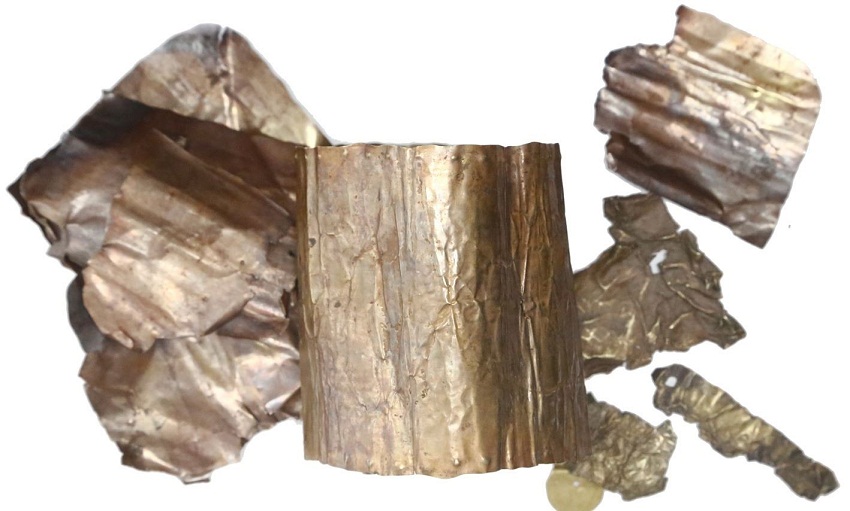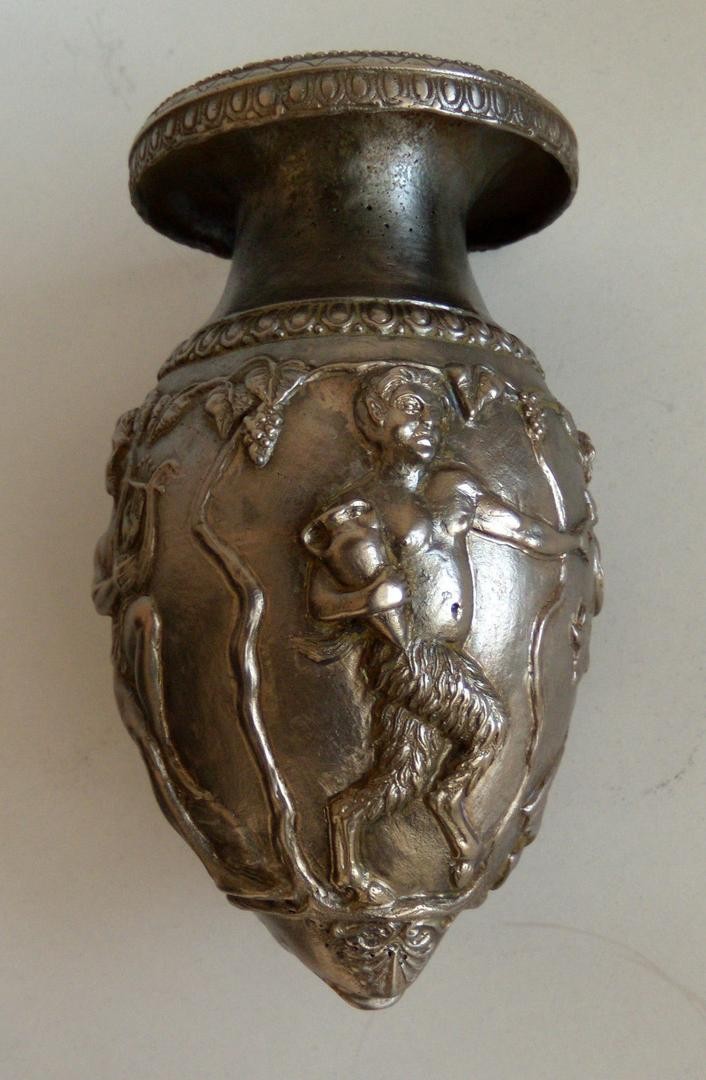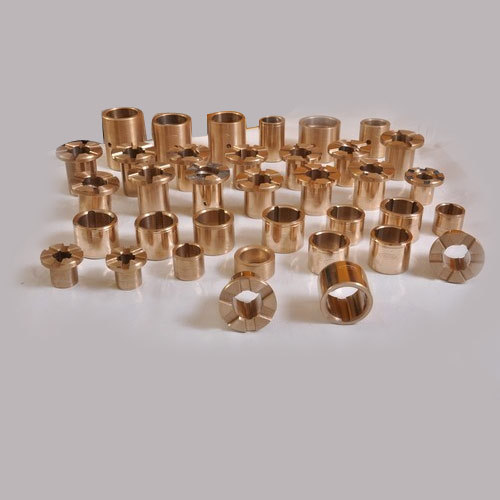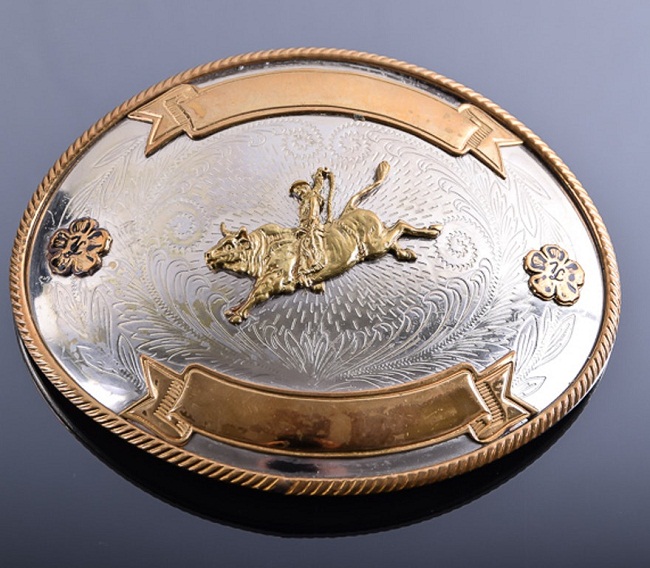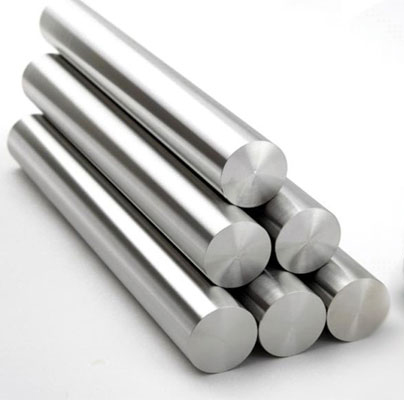Ferrochrome
Ferrochrome is an alloy comprised of iron and chromium used primarily in the manufacturing of stainless steel. The ratio in which the two metals are combined may vary, with the proportion of chromium ranging between 50% and 70%.
Ferrochrome Identification
CAS Reference Number: 7440-44-0
Chemical Formula for Ferrochrome
The chemical formula for Ferrochrome is FeCr.
Ferrochrome Production
Ferrochrome is manufactured by conducting carbothermic reduction of iron magnesium chromium oxide under high temperatures. Iron-chromium alloy is produced by the reduction of Chromium Ore by the application of coal and coke. This reduction process requires heat from the furnace’s electric arc. The arc can create temperatures around 2800 °C. A great amount of electricity is consumed while producing such intense heat, making this a very costly process.
Ferrochrome is collected from the furnace at regular intervals. Once the iron-chromium alloy is produced in the furnace, the slag and the molten metal are extracted from the tap hole, which passes through a trough and is collected on a ladle or chill. The molten ferrochrome is then solidified in large castings and then processed further.
Ferrochrome can be of two types based on its amount of carbon: low-carbon Ferrochrome and high-carbon Ferrochrome.
Most of the Ferrochrome in the world market comes now from places like South Africa, Kazakhstan, India, and Turkey. In these counties, the substance is produced in specialized Ferrochrome plants.
Ferrochrome Chemical and Physical Properties
The physical and chemical properties of Ferrochrome are listed below:
Atomic Mass: The atomic mass for this alloy is 52.0.
Density: The apparent density for this compound is 7.15 g/cm3.
Melting Point: The melting point for this substance is 1900 °C.
Boiling Point: The boiling point for this alloy is 2642 °C.
Appearance: Ferrochrome is available in various forms, including small crystals, lumps, and granules, as well as in powder form.
Color: The color varies from dark gray to light gray.
Odor: Odorless; can be dangerous when inhaled.
Solubility: The alloy is not soluble in water.
Combustibility: The dust particles of this chemical alloy are combustible.
Ferrochrome Uses
Most of the ferrochrome produced worldwide is used in manufacturing stainless steel. The chromium content in stainless steel provides resistance to corrosion and gives stainless steel its customary appearance. Around 18% of chrome is used per unit content of stainless steel.
Ferrochrome is also used when more chromium is needed to be added to carbon steel.
High carbon ferrochrome is used in manufacturing ball-bearing steels, tool steels, and other alloy steels.
Apart from making stainless steel, low-carbon ferrochrome is also used to manufacture acid-resistant steel.
High-nitrogen ferrochrome is created by adding 0.75% of nitrogen to the different grades of ferrochrome. This nitrogen-rich alloy is used for manufacturing high-chromium cast steels having a coarse crystalline structure. The nitrogen content produces refined grains and adds strength to the finished product.
Foundry-grade ferrochrome containing around 62-66% chromium and almost 5% carbon is used for producing cast irons.
Ferrochrome powder is used in the field of powder metallurgy.
Ferrochrome slag is a chemically stable substance. It is used in road construction and civil engineering as well as in the production of refractory materials.
Ferrochrome is used in the production of Ferrochrome lignosulfonate. Ferrochrome lignosulfonate is used in various water-based systems to control the flow of materials at high levels of temperature as well as to reduce the ill effects of mud and clay contamination. Ferrochrome lignosulfonate operates well in gypsum, fresh water, lime, and salt water fluids.
Ferrochrome dust is used in the leather tanning industry.
Ferrochrome MSDS
Care should be taken while dealing with this alloy to protect the eyes from getting in contact with this material or accidentally inhaling or ingesting it. Under certain conditions, this material can also catch fire. Hence adequate protective measures are needed to be followed to avoid such mishaps. The probable dangers posed by this alloy and the protective measures needed to be followed are discussed below in detail.
Health Hazards
Exposure to Ferrochrome can cause certain health problems:
Skin: It can cause irritation to the skin.
Eyes: Contact with the eyes causes swelling and redness.
Inhalation: Inhaling this chemical compound might result in coughing and respiratory tract irritation.
Ingestion: Accidental ingestion can cause irritation to the mouth.
First Aid Measures
Eyes: In case of eye exposure, the eyes should be washed with plenty of water for several minutes. A doctor should be consulted after that.
Skin: In case of skin contact, the infected areas should be rinsed with water for several minutes; a dermatologist should be consulted immediately. The contaminated clothing should be removed immediately, and the clothes and shoes should be washed properly before reusing.
Ingestion: In case of ingestion, the victim’s mouth should be rinsed properly with water, and then proper medical treatment should be carried out.
Inhalation: The victim should be immediately removed to an area of fresh air. Artificial respiration and oxygen should be employed if needed. To ensure the victim’s safety, further medical help should be administered.
Registry of Toxic Effects of Chemical Substances Number: GB4200000
Personal Protection
While dealing with this substance in industrial avenues, adequate protection is needed to be followed. Protection gear should include the following:
- P2 filter respirators are required for respiratory protection from harmful particles.
- Safety goggles or protective eyewear approved by OSHA is needed to protect the eyes.
- Protective gloves and clothing are to be used to avoid skin exposure.
- Smoking, drinking, or eating near the storage facilities is strictly prohibited as this can lead to fire hazards or accidental ingestion.
Accidental Release Measures
The chemical spills should be cleaned up immediately, and the spilled materials should be stored in suitable containers. It is better to moisten the spills as this will prevent dusting. Dispersion and spreading of the alloy dust should be avoided. Installation of proper ventilation is required at the storage section.
Fire Hazards
Dust particles of Ferrochrome can explode and combust. It is thus advised not to have any open flames near Ferrochrome powder. The spreading of dust also needs to be prohibited. While handling this chemical substance, ignition-proof electrical equipment needs to be used.
Storage and Packaging
- The chemical substance can be stored in the following containing systems:
- Octo-Box containers
- Steel or fiber drums
- Multiple paper bags
- Bulk bags
- Pails
Ferrochrome Suppliers
Ferrochrome can be bought from chemical suppliers worldwide online or otherwise in the form of granules, dust particles, and lumps. Ferrochrome wires can also be bought from such suppliers. The price of ferrochrome may vary among the various producers and suppliers of this alloy. Generally, buying a minimum quantity of dust particles or granules is considered mandatory. The average price of Ferrochrome dust per metric ton is around $850 to $900.
Ferrochrome is a valuable alloy without which stainless steel production would be impossible. It is also used for several industrial and well as non-industrial purposes.
References
